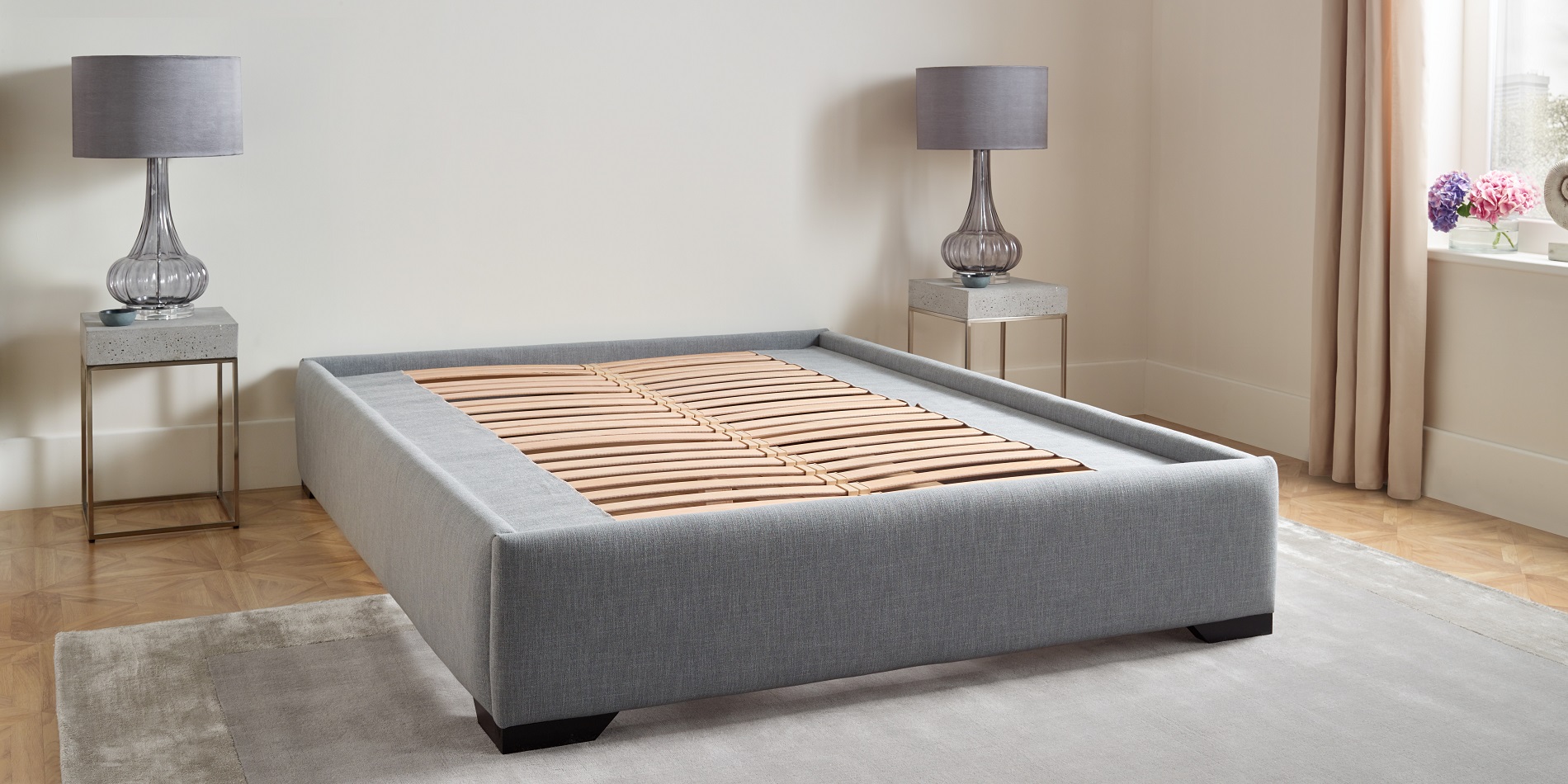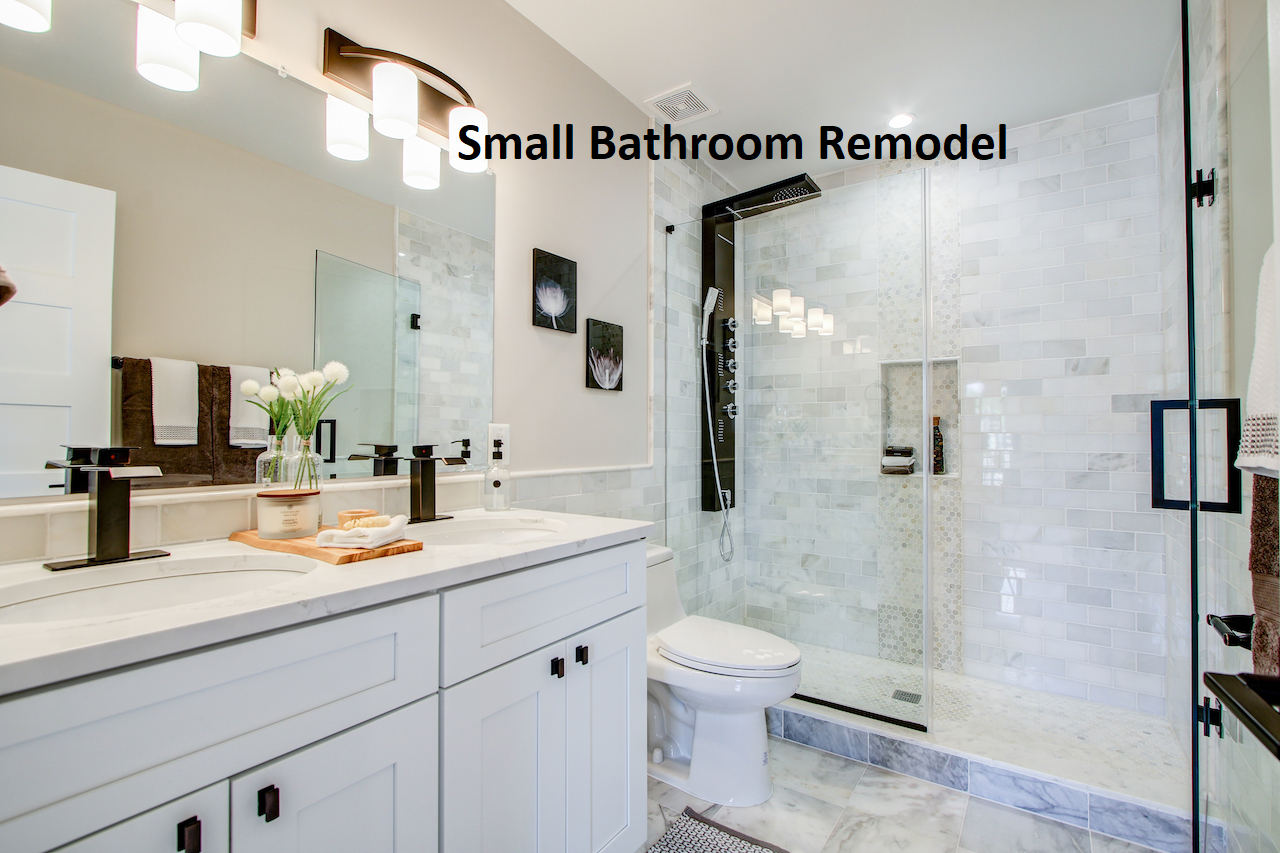As winter approaches, many people start to think about how to create a warm and cozy sleeping environment. One of the most critical factors in achieving this is selecting the right mattress, especially for those with slatted bed frames. A slatted bed frame consists of horizontal slats that provide essential support for the mattress while allowing for air circulation. This design can be particularly beneficial in colder months, as it helps prevent moisture buildup, keeping your mattress dry.
However, not all mattresses work well with slatted frames, and choosing the right one is essential for comfort and support. Understanding how to choose a mattress for a slatted bed frame is crucial in ensuring that you maintain a cozy sleeping environment throughout the winter.
This guide will explore the various factors to consider when selecting a mattress, from material types to firmness levels, enabling you to make an informed decision that enhances your sleep quality during the chilly months.
Understanding Slatted Bed Frames
Slatted bed frames are designed with horizontal slats that provide support for the mattress while allowing air to circulate. This construction helps promote ventilation, which is crucial for regulating temperature and preventing moisture buildup. In colder weather, proper airflow can help keep your mattress dry, preventing the growth of mold and mildew.
The spacing of the slats also plays a significant role in determining the type of mattress you should choose. Generally, slats should be spaced no more than 3 inches apart to provide adequate support for most mattress types. If the slats are too far apart, the mattress may sag, leading to discomfort and inadequate support. Understanding your slatted bed frame’s design and features is the first step in selecting a suitable mattress that will keep you comfortable during the cold months.
Choosing the Right Mattress Material
The material of the mattress significantly impacts comfort, especially in cold weather. There are several common materials to consider, including memory foam, latex, innerspring, and hybrid mattresses. Each type has its unique characteristics that affect insulation and support.
Memory foam mattresses are popular for their ability to contour to the body, providing excellent pressure relief. They can also retain heat, making them a warm option in winter. However, it’s essential to choose a high-density foam that provides adequate support when placed on a slatted bed frame. Latex mattresses offer a more breathable option, maintaining a comfortable temperature while providing good support. Innerspring mattresses allow for better airflow but may not provide the same warmth as foam options. Understanding the pros and cons of each material will guide you in how to choose a mattress for a slatted bed frame that meets your comfort needs during the cold months.
Evaluating Firmness Levels
Firmness is a critical factor in mattress selection, as it plays a vital role in comfort and support. The right firmness level can vary based on sleeping position, body weight, and personal preference. Generally, side sleepers benefit from softer mattresses that cushion the shoulders and hips, while back and stomach sleepers usually prefer firmer options for better spinal alignment.
For slatted bed frames, medium-firm mattresses are often recommended, as they provide a balance of support and comfort. However, personal preferences can vary widely. Testing out different firmness levels in-store or checking reviews online can help you determine the right choice for your specific needs. When evaluating firmness, consider how it interacts with your slatted frame to ensure you maintain proper support and comfort during cold nights.
Assessing Mattress Thickness
The thickness of the mattress can also influence how well it performs on a slatted bed frame. Mattresses typically range from 8 to 14 inches in thickness. While thicker mattresses may offer more comfort and cushioning, they also require adequate support from the slatted frame to prevent sagging.
For slatted bed frames, a mattress thickness of at least 10 inches is generally recommended. This thickness ensures enough support while allowing for a comfortable sleeping experience. If you prefer a softer feel, consider thicker mattresses with additional comfort layers. Conversely, if you prefer a firmer surface, a thinner mattress may suffice. Assessing the thickness will help you choose a mattress that fits well on your slatted frame while providing the warmth and comfort needed during winter.
Temperature Regulation Features
As the weather becomes colder, temperature regulation becomes an essential consideration when selecting a mattress. Some mattresses come with built-in cooling technologies designed to dissipate heat and maintain a comfortable sleeping temperature. While warmth is desirable in winter, overheating can disrupt sleep quality.
When choosing a mattress for a slatted bed frame, look for options that offer good breathability and temperature regulation. Memory foam can retain heat, but many modern models have cooling gel layers or breathable covers to enhance airflow. Latex mattresses often provide better ventilation than traditional memory foam, making them suitable for slatted frames. Understanding these temperature regulation features will help you choose a mattress that keeps you cozy without causing overheating.
Checking for Warranty and Return Policies
When investing in a new mattress, it’s crucial to consider the warranty and return policies offered by the manufacturer. A good warranty can protect your investment and provide peace of mind if you encounter any issues with your mattress. Most manufacturers offer warranties ranging from 5 to 20 years, covering defects in materials and workmanship.
Additionally, a trial period allows you to test the mattress in your home before fully committing. This is especially important for slatted bed frames, as the support may differ from traditional foundations. A generous return policy will enable you to exchange or return the mattress if it doesn’t meet your expectations. Always read the fine print to ensure you understand what is covered and how to proceed if you need to return or exchange your mattress.
FAQs
What type of mattress is best for a slatted bed frame?
Memory foam, latex, and hybrid mattresses generally work well; ensure slats are spaced closely for support.
How far apart should slats be on a bed frame?
Slats should generally be spaced no more than 3 inches apart to provide adequate support for the mattress.
Can a mattress sag on a slatted bed frame?
Yes, if the mattress is too soft or the slats are too far apart, it can lead to sagging and discomfort.
How do I know the right firmness level for my mattress?
Consider your sleeping position; side sleepers usually prefer softer mattresses, while back and stomach sleepers benefit from firmer options.
Does a mattress need to be breathable for winter use?
Yes, a breathable mattress can help regulate temperature, keeping you warm without causing overheating.
Conclusion
Choosing the right mattress for a slatted bed frame in cold weather is essential for ensuring a cozy and restful sleep experience. By understanding the various factors involved—such as mattress material, thickness, firmness levels, and temperature regulation features—you can make informed decisions tailored to your unique needs.
Additionally, considering warranty and return policies can protect your investment and provide peace of mind. With the right mattress, you can transform your slatted bed frame into a warm sleeping sanctuary, keeping you comfortable and rested throughout the chilly nights ahead. Take the time to explore your options, and you’ll be well on your way to enjoying restful nights this winter.




